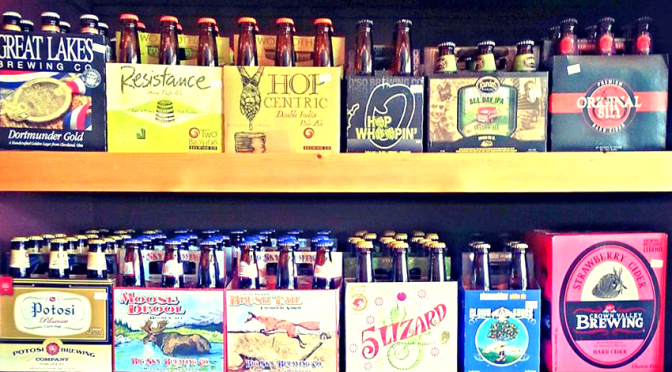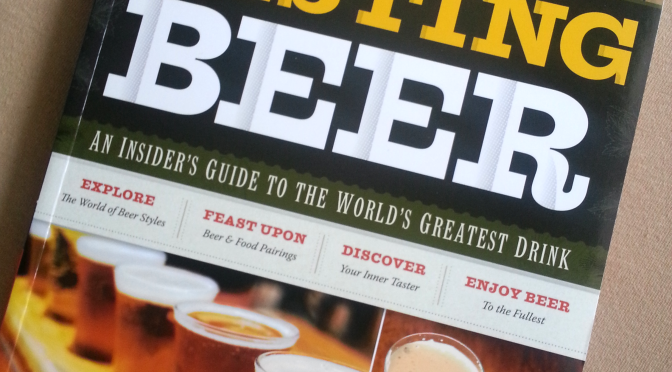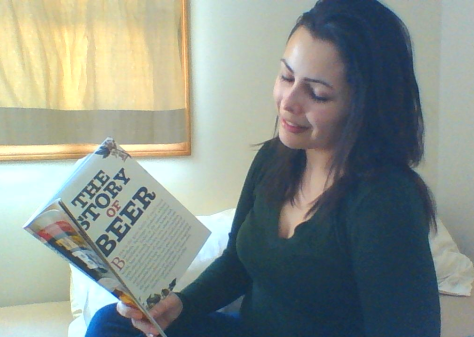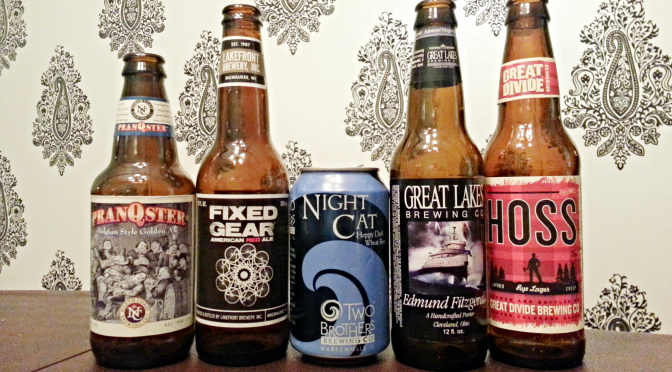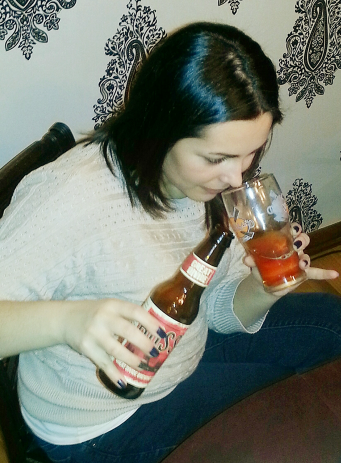I originally set out to write a weekly blog about my journey studying for the Cicerone test… unfortunately, I’ve been failing miserably at continuing to write every week like I planned. But I’m back at it and ready to keep studying and writing and drinking!!
This past year since January has been a whirlwind for me: from breaking toes, to starting new jobs, to volunteering at beer events, to interviewing for reality tv shows. I’ve had an amazing year, and as I planned, beer has still been my #1 focus!
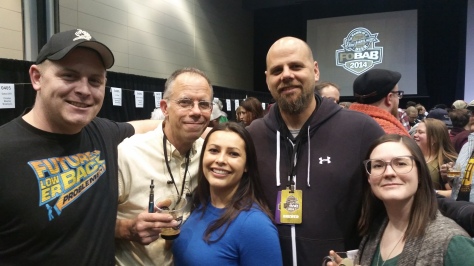
In September, I moved on from Grace restaurant (who just received their third Michelin Star) and started bartending at Vistro (Chef Paul Virant’s newest venture) in Hinsdale and I’ve continued to pour beer every Sunday at Imperial Oak (if you still haven’t checked out either place – come visit me!!!).
I’ve also been learning more than I thought I ever would, and not just about beer. Bill Anderson, the bar manager and bad ass mixologist at Vie/Vistro, has gotten me to appreciate bourbon and whiskey (without a pickle back!) AND I can make a pretty decent Manhattan. Yeah!
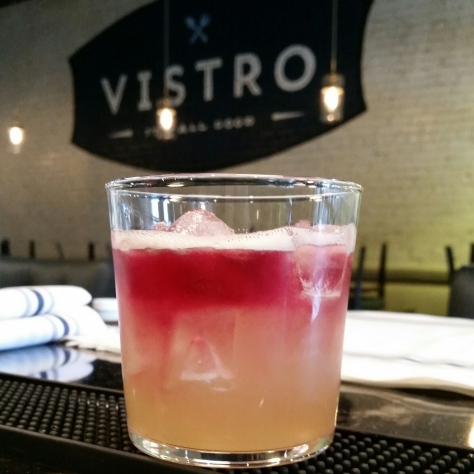
Being able to learn more about spirits and cocktails has actually helped me to develop my tasting skills. I’ve noticed now that I appreciate heavier spirits like whiskey, my preferences in beer have completely changed! These days I’m going to stouts, brown ales or bourbon barrel aged beers first. Funny how just training yourself to taste and understand liquors can make you completely change your palate.
In the past few months, I’ve also collected a library of beer books (in addition to all those English major classics) and try to read when I get the chance. I even picked up a couple home brewing books to try my hand at making some delicious brews this winter.
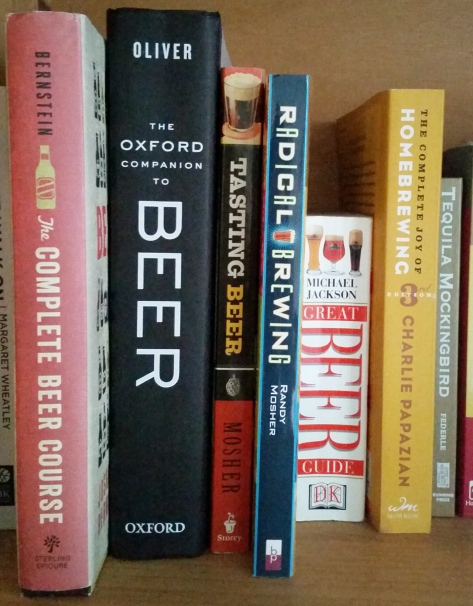
Now that it’s getting colder and I (might) want to stay indoors more, I’ll definitely be reading all my new books from front to back. I’m also signing up for an off flavor course (if anyone wants to join, let me know) and will be joining up with bunch of other beer nerds to keep study for the Certified Cicerone test this winter!
My mission to get beer to be as popular as wine will not be ending any time soon. This is still just the beginning…. and what a start it’s been!




